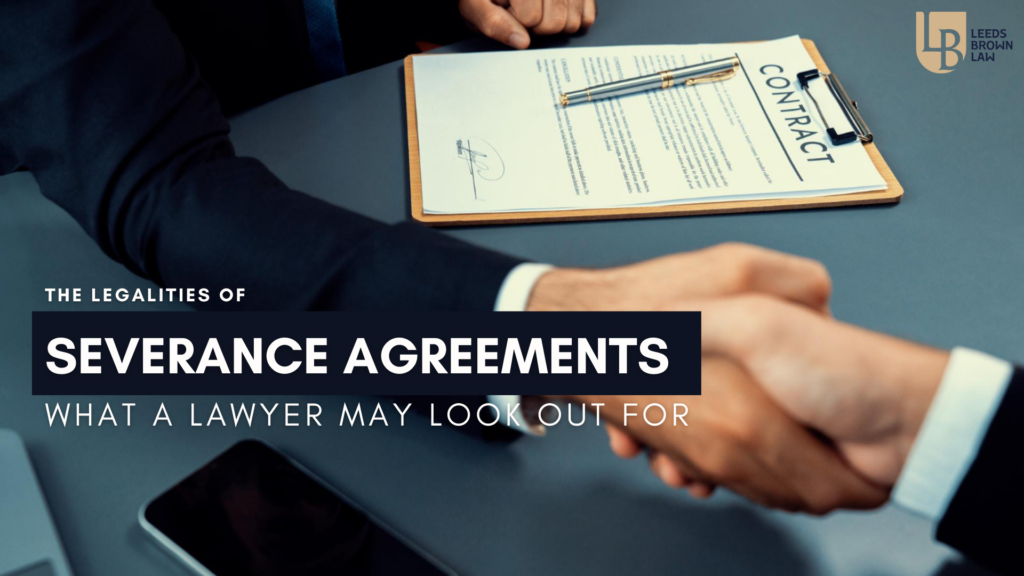Who Are The Parties?
A severance agreement is often a type of contract between an employer and employee or recently terminated former employee. Sometimes, however, it may be an agreement between an employee and some other entity like a joint employer or an ownership company. This is where employment lawyers NYC can help you understand the legalities of severance agreement.
The first thing a lawyer might look for is who is involved in the agreement. Depending on the parties, there may be special rules governing severance agreements.
For example, most employers are subject to the National Labor Relations Act. That Act contains a prohibition against silencing workers who speak out on certain matters or seek to form or join a union. A 2023 decision by the National Labor Relations Board discusses whether a severance agreement or other agreement that contains restrictions on advocating for better working conditions may be unlawful.
What Does the Agreement Seem to Do?
One thing a labor discrimination lawyer may look for is any financial compensation or benefit due to the employee. A number that is often thrown around is one to two weeks’ worth of compensation per year of service prior to the termination or reduction in force. A layoff that is a result of a qualifying plant or manufacturing facility closing may lead some employers to offer two months severance as the amount of compensation potentially available when a plant closure is not preceded by adequate notice under the WARN Act.
Other issues relate to what the employee has to do (or not do) under the agreement. As noted above, some agreements may contain non-disclosure, confidentiality, or non-disparagement clauses, intended or excused as a way of protecting the reputations and workplaces of former employers and the supervisors there. A subset of severance agreements may contain something like a noncompete clause, seeming to restrict where or how the employee may work in a similar company or agency in the future.
An important issue is whether an agreement contains a release. It is important to understand the impact that such a clause may have on an employee’s rights. A release agreement may make an employer immune from further lawsuits, cases, or judgments, clarify that legal causes of action are governed by the severance agreement, and/or purport to subject such causes of action to forum or time limits. The ultimate effect of an agreement may involve factual questions.
What Procedures Are Provided for Enforcement?
Some severance or other employment agreements may specify the place or timing of any lawsuit under an agreement or relating to the relationship that gave rise to it. Depending on the limitations, such clauses may make enforcement of the agreement or of statutory rights less likely, raising legal issues.
Other procedures may involve notices or choices of applicable law. If certain notices are or are not sent, the agreement may modify the rights or remedies available to the employee. If a certain state or country’s law is selected to govern the agreement, this may have an impact as well, but New York law, for example the parties’ intention and the reasonableness of the law chosen may affect whether the choice is effective. Moreover, certain “fundamental policy†decisions of New York may not be overridden by agreement.
According to labor discrimination lawyers, other severance agreements may contain arbitration clauses. While there are laws validating such clauses in certain circumstances, and that therefore limit access to courts, jury trials, or class actions, there are often significant issues involving lack of consent, unenforceability, or the narrow scope of such clauses.
Next Steps
A qualified employment lawyers NYC may be able to help negotiate or modify severance agreements. In addition, statutory rights or common-law claims may be available to an employee notwithstanding such an agreement. A free consultation can help you understand your rights and take action to protect them, including by contacting human resources or the government.Â

